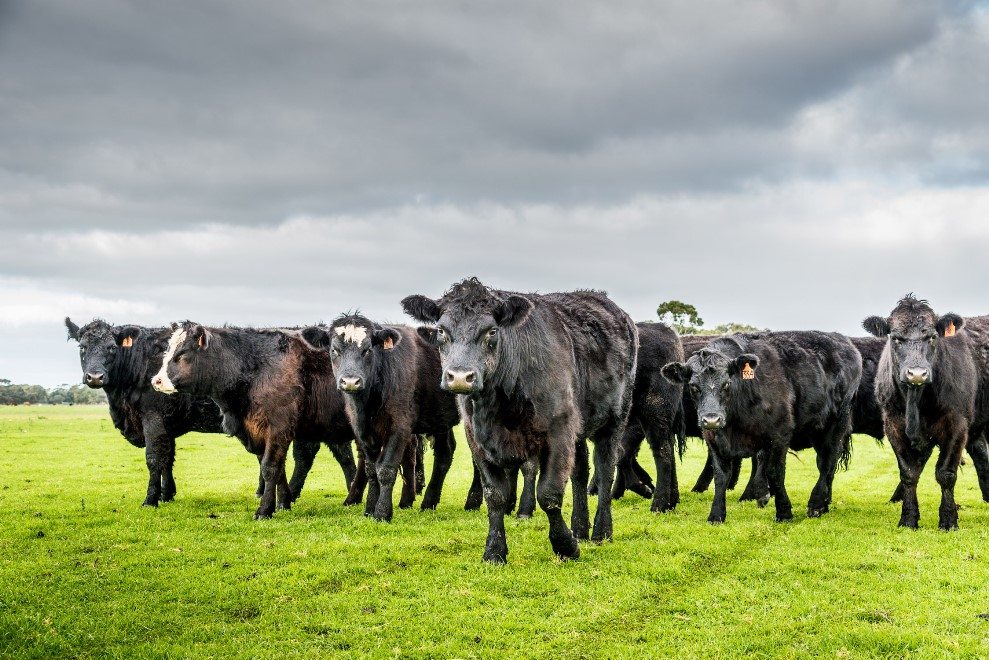
GOOD seasons and low livestock numbers pushed the Australian cattle market to new price records through October and November, and strong prices are expected to continue into early 2021 despite COVID and trade concerns, according to a global report released today by Rabobank.
Australia’s cattle slaughter continues to sit below a 10-year low, with the east coast cattle slaughter number down 32 percent on 2019 volumes for the month of November, and down 24pc on the five-year average for November, according to Rabobank’s Q4 Beef Quarterly report titled ‘Changed beef consumption habits following COVID to create opportunities’.
And with the female proportion of total slaughter numbers having declined since September, the report suggests herd rebuilding may now be underway, further limiting production.
Rabobank animal protein analyst Angus Gidley-Baird said Australian export figures reflected the nation’s decreased production, down 28pc for the month of October, to 81,314 tonnes, with year-to-date volumes to November* down 14.3 per cent year-on-year (*see Beef Central’s November exports report published today).
COVID and geopolitical tensions have also led to a shift in Australia’s export channels during the year, with export volumes to China down 58pc for the period of July to October.
“Triggering the safeguard level in the Australian/China FTA, higher cattle prices, and export licence suspensions have all contributed to the significant decrease in exports to China, while volumes to South Korea were only down 6pc and the US was down 16pc during the same period,” Mr Gidley-Baird said.
Despite the lower livestock numbers, cattle on feed remained above one million head for quarter three.
“Falling grain prices and strong fed cattle prices have afforded lotfeeders the ability to pay more for feeder weight cattle, and an aggressive buy-up has pushed feeder cattle prices to record levels – well above the five-year average,” Mr Gidley-Baird said.
The report also outlines the shift in beef consumption patterns during 2020, on the back of COVID and African Swine Fever.
“While we have seen large economic contractions, beef consumption has remained strong due to government stimulus packages and reduced consumer spending in some areas – such as travel – that have supported consumer spending abilities,” Mr Gidley-Baird said.
However, distribution channels had changed, benefiting some at the expense of others. Food service sales declined dramatically with the onset of COVID and, after an initial rapid improvement, they are now slow to recover further, he said.
On the other hand, retail sales had performed strongly.
“In China there has been rapid growth in supermarket and online shopping during the pandemic – making safe, quality beef more accessible, which has in turn contributed to increased home use,” Mr Gidley-Baird said.
In the US, beef demand has remained very strong with quick service restaurants showing strong resilience to declines experienced in other foodservice areas. In Australia, we have seen independent retail butchers’ enjoy revived sales,” he said.
“As the impacts of ASF are overcome and disruptions from COVID subside, old distribution channels will recover – it is likely that many consumers will revert to their previous habits, but we do see opportunities for those stakeholders in the supply chain that have gained through this period to hang on to new consumers and ‘lock-in’ new consumption habits.”
Source: Rabobank

Very positive news, thank you.